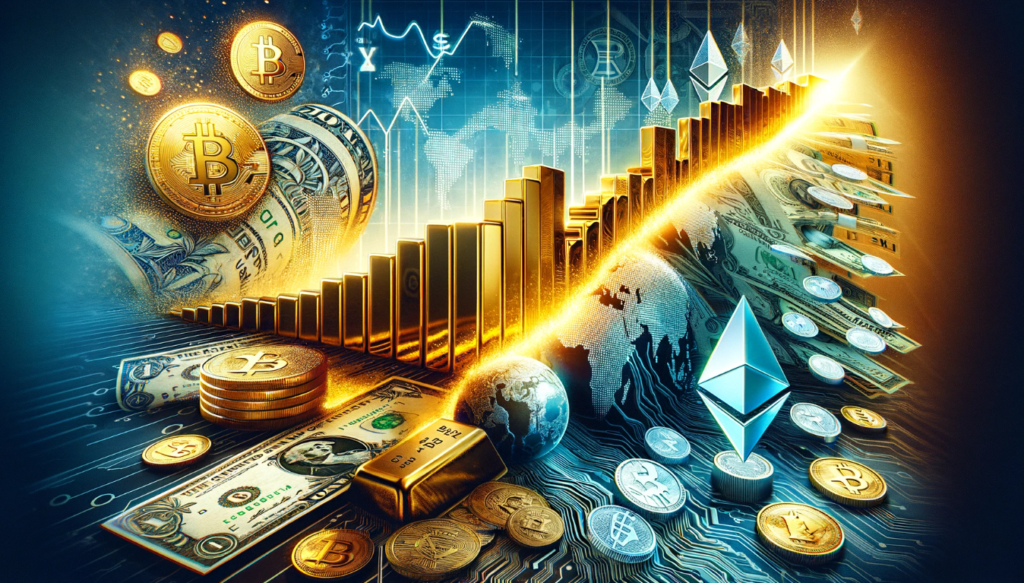Growing Worries Over U.S. Dollar Stability
The dominance of the U.S. dollar as the global currency for commerce and trade settlements is facing significant scrutiny. With U.S. national debt exceeding $34.2 trillion, the stability of holding the USD in reserves is becoming increasingly questionable for countries in the BRICS alliance—Brazil, Russia, India, China, and South Africa. These nations are contemplating strategies to reduce their reliance on the dollar to protect their native economies from potential market fluctuations.
Economic Forecast: A Bleak Outlook for the Dollar
Prominent economist and author Robert Kiyosaki, known for his bestseller “Rich Dad Poor Dad,” has voiced concerns about the future of the U.S. dollar. According to Kiyosaki, the continuous increase in U.S. debt and the government’s practice of printing money are primary factors contributing to the dollar’s anticipated decline. He predicts that the situation will only worsen, prompting BRICS nations to reconsider their financial strategies concerning the dollar.
Alternative Investments Gaining Favor
In light of the dollar’s instability, Kiyosaki advises looking towards more tangible assets. He advocates for investments in gold, silver, and cryptocurrencies like Bitcoin and Ethereum as safer alternatives. These commodities, he argues, are likely to retain value and offer security against the dollar’s volatility and eventual “self-destruction” due to unsustainable debt levels.
Implications of a Shift Away from the Dollar
Should the BRICS alliance move away from the U.S. dollar for trade, significant impacts on the U.S. economy are inevitable. The shift could redefine global trade dynamics and potentially lead to broader acceptance of alternative currencies and assets in international transactions.
The concerns expressed by Kiyosaki and echoed by the BRICS nations highlight a critical juncture for the global financial system. As confidence in traditional financial institutions and currencies wanes, the move towards diversifying assets and exploring other forms of value storage becomes more pronounced. This trend could reshape how nations and individuals preserve economic stability in uncertain times.












